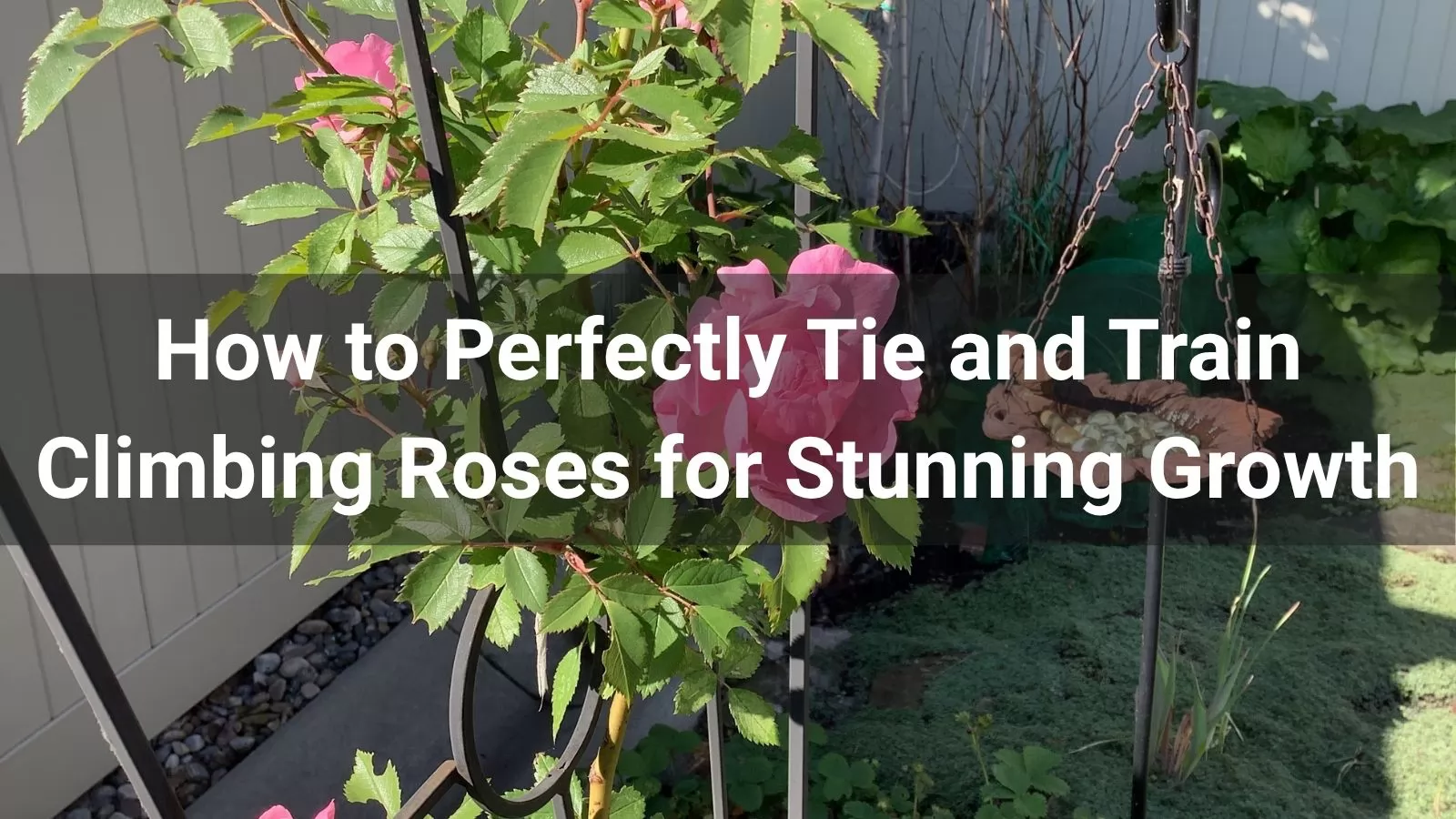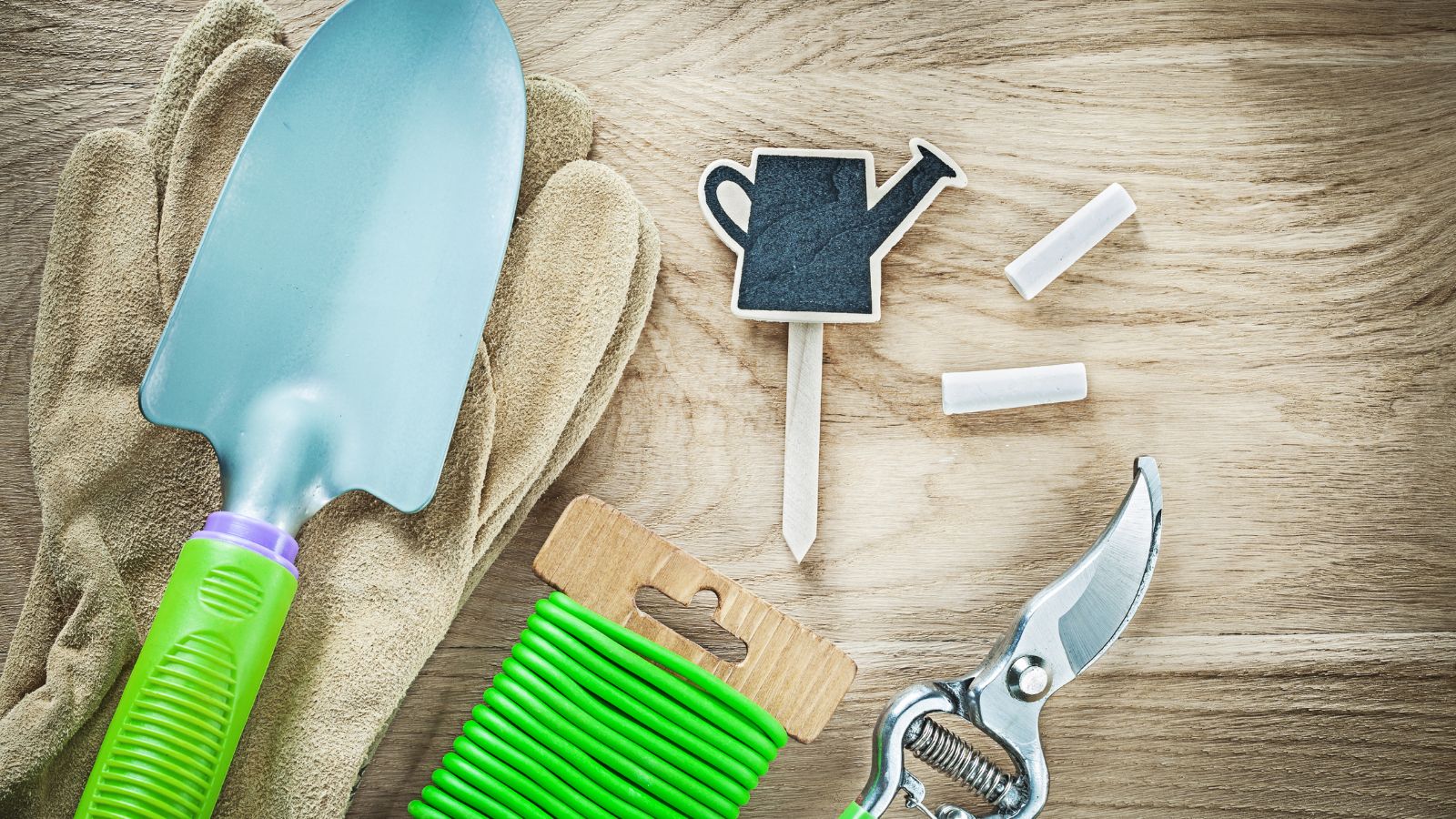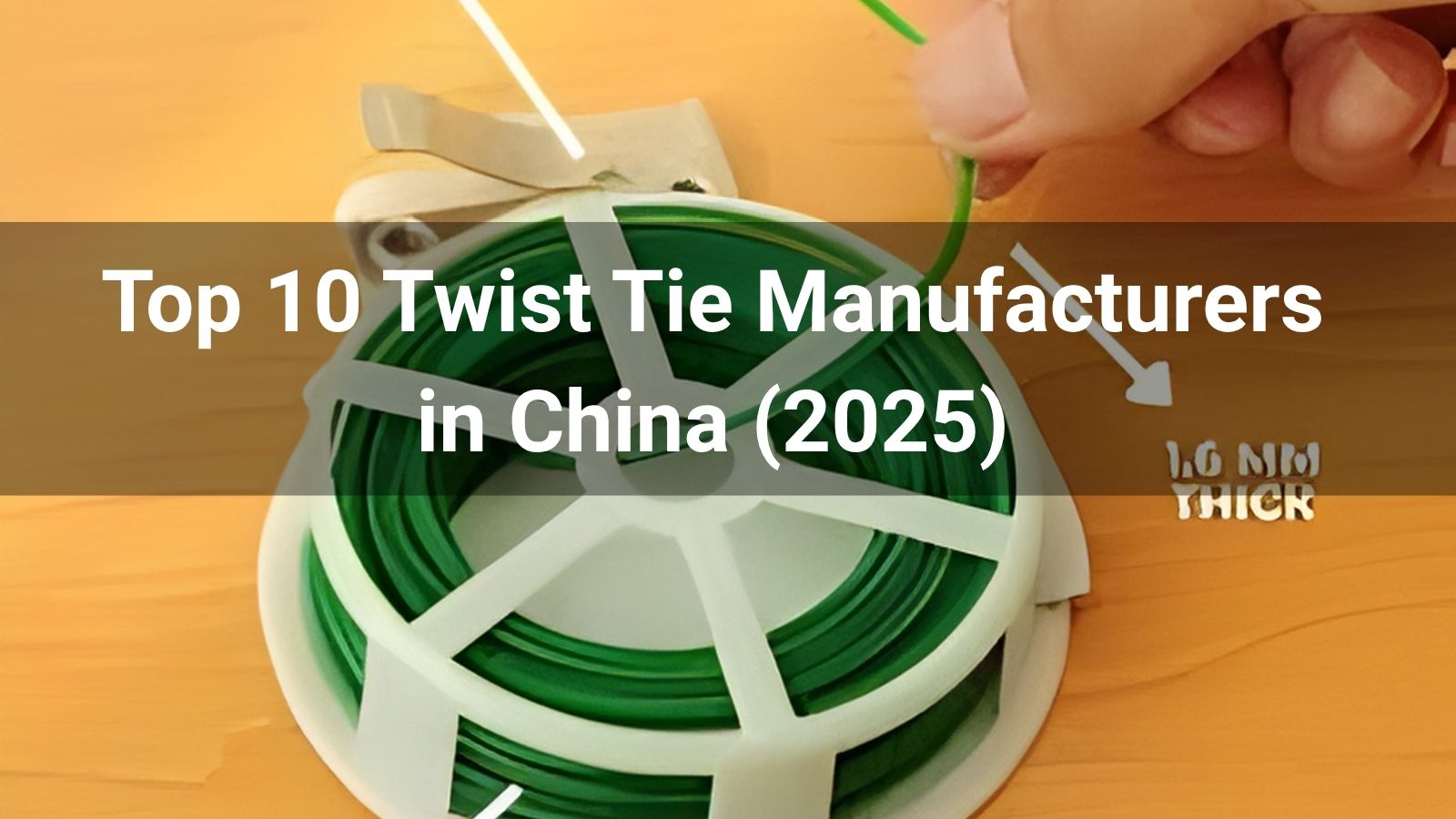
Transform a dull wall or fence into a vibrant garden feature by training and tying climbing or rambling roses. Proper tying techniques ensure sturdy growth, abundant flowering, and a neat appearance. This guide outlines the essentials for tying in climbing roses effectively, with step-by-step instructions to achieve stunning results.
Tying-in climbing roses encourages strong growth, promotes flowering, and keeps plants tidy. The thorns on rose stems help them grip supports, but initial tying is essential to guide them. Regular checks prevent ties from becoming too tight as stems thicken, avoiding damage or weak points.
Install Suitable Supports
Set up straining wires, trellis, or bamboo canes before planting or when stems need tying. For roses, straining wires or trellis against a wall or fence work best. Install supports early to avoid disturbing established plants.
Choose the Right Tie
Select ties based on stem weight and longevity. Use garden twine for young, flexible rose stems. For heavier, woody stems, opt for stronger fabric strips or rubber ties. Avoid wire or metal ties, as they can cut into stems, causing bulges or breakage.
Cut Ties to Length
Cut twine or fabric strips long enough to loop around the stem and support, leaving extra space for growth. A typical length allows for a comfortable double knot with room for stem thickening.
Use an Overhand Knot for New Growth
For young, flexible rose stems, loop the tie around the stem and support, then tie a double overhand knot. This simple knot secures light stems effectively.
Use a Figure-of-Eight Knot for Heavy Stems
For mature or heavy rose stems, especially in windy areas, use a figure-of-eight knot. Loop the tie around the stem, cross the ends, loop around the support, and tie a double knot. This creates a buffer to prevent rubbing damage.
Space Out Stems of New Roses
Newly planted climbing roses often come with stems bunched together. Untie them, spread them evenly across the support, and tie them in place. If stems don’t reach the support, use temporary bamboo canes to bridge the gap, tying stems to these.
Position Stems for Optimal Coverage
Arrange stems evenly on the support to ensure good coverage and prevent crossing. Avoid letting stems grow between the support and the wall or fence to prevent constriction and improve air circulation, reducing fungal disease risk.
Secure Ties Properly
Place ties just above a leaf or side shoot to prevent slipping on vertical supports. Check ties regularly and loosen them if they become too tight as stems grow.
Tie-In New Growth Regularly
Tie new rose stems every 30cm (1ft) to ensure support and prevent damage to soft growth. For young, flexible stems, position and tie them in their first year before they become woody. Emerging stems may need tying at 20cm (8in) above ground initially, with temporary canes if needed.
By following these steps and regularly maintaining your ties, your climbing roses will thrive, creating a stunning, fragrant display that enhances your garden’s beauty.











We use cookies to make the website work, to provide advanced features, social media and traffic analysis, and we use analytics and third-party advertising cookies. If you choose to click "Deny All", you will retain the default setting of not allowing the use of cookies or other tracking tools other than technical tools.



